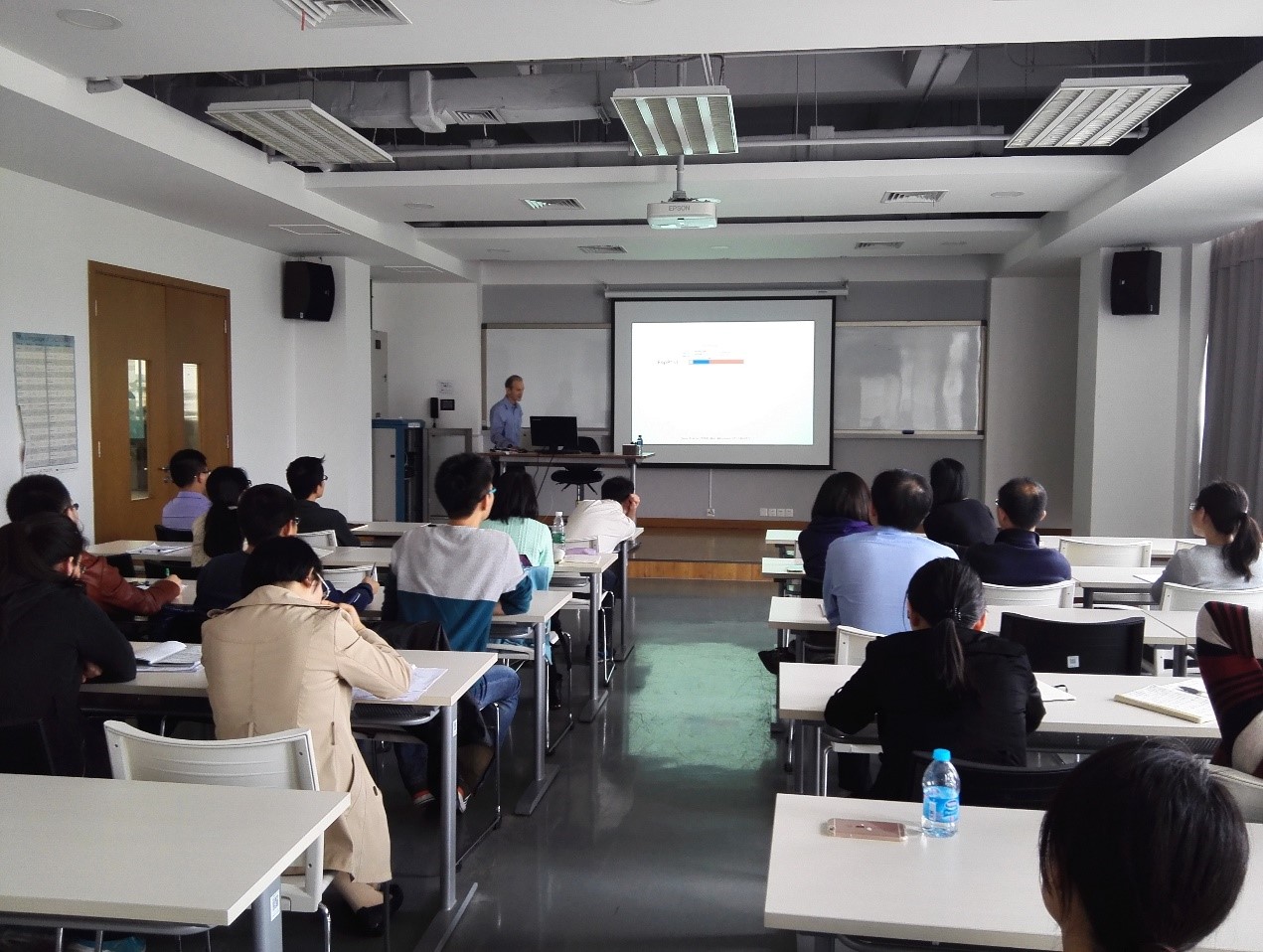Dr. Harris Bernstein, senior investigator of Protein Biogenesis Section in NIDDK, gave a lecture on “The mechanism of virulence factor secretion by the bacterial autotransporter (Type V) pathway” as part of ShanghaiTech’s Life Science Seminar Series on April 13, 2016.
Dr.Bernstein’s lab had a long-standing interest in understanding how proteins are transported across the cell membranes of bacteria. One of the project in his lab was investigating the mechanism by which pathogenic Gram-negative bacteria secrete proteins via the autotransporter (or type V) pathway. Autotransporters are a large superfamily of proteins produced by Gram-negative bacteria that consist of two domains, an N-terminal extracellular domain (passenger domain) and a C-terminal β barrel domain (β domain) that is embedded in the outer membrane. The passenger domains of different members of the autotransporter superfamily play a variety of roles in pathogenesis. After autotransporters are translocated across the cytoplasmic membrane by the Secmachinery, the passenger domain is transported across the outer membrane by an unknown mechanism. Bernstein’s group recently indicated that the Bam complex, a heterooligomer that promotes the integration of β barrel proteins into the outer membrane, plays a key role in passenger domain secretion. The work in Bernstein’s lab leads to the development of novel strategies to inhibit autotransporter secretion and thereby attenuate bacterial virulence. Furthermore, their work may accelerate the development of vaccines against specific bacterial pathogens.



